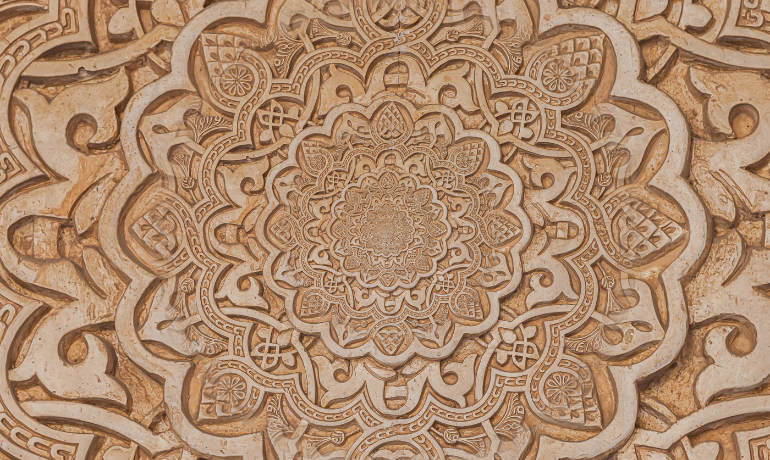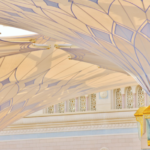Introduction
In an era where cultures blend and traditions evolve at a rapid pace, preserving our heritage has never been more crucial. Arab heritage, with its rich tapestry of traditions, languages, and customs, is not just a collection of past relics—it’s a living, breathing part of who we are. So why is it so important to keep this heritage alive?
The Threads of Tradition
From the intricate patterns of traditional embroidery to the evocative rhythms of Arabic music, Arab culture is a treasure trove of stories and practices that have been passed down through generations. These traditions are not just historical artifacts; they are the lifeblood of our identity. Every festival, every folk tale, every culinary delight connects us to our roots and to each other.
Challenges to Preservation
However, the march of globalization poses a significant threat to cultural preservation. Modernization often leads to the dilution of traditional practices as younger generations gravitate towards global trends. The proliferation of digital media also brings both opportunities and challenges, as cultural norms and practices can sometimes get overshadowed by more dominant cultures.
Steps to Safeguard Our Legacy
Fortunately, many initiatives are working tirelessly to safeguard our cultural heritage. Museums, cultural centers, and community organizations play a pivotal role in this endeavor. Engaging in cultural education, participating in traditional events, and supporting heritage projects are ways we can all contribute. By embracing and sharing our heritage, we ensure it continues to thrive.
Conclusion Preserving our heritage is more than just keeping old customs alive; it’s about honoring our past while enriching our future. By valuing and protecting our cultural legacy, we create a bridge that connects us to our ancestors and to each other. Let’s commit to this journey together and ensure our rich heritage remains vibrant and enduring


